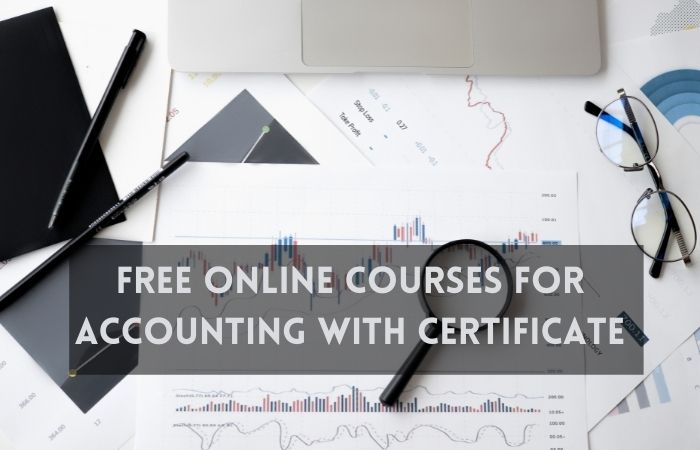
Students learn social emotional skills through activities that help them to have a better view of others and themselves. This makes them more capable of being good citizens and learners. These activities can have long-term positive effects that can be used to teach students in many settings. Teachers can implement social emotional education programs in their classrooms, whether it's elementary, middle, and high school.
Get to know your students to start your program. Observe their behavior and facial expressions. It is important to learn about their relationships at home and with other students. You can begin to identify small cues, like facial expressions, which show that they need practice in social skills.
First, it is important to recognize the different feelings that may arise in the classroom. For example, sadness, anger, and confusion can pop up during class. Talk to students about how to deal with these emotions. Ask your students to compile a list of the most common emotions they experience, along with the words that best describe them.

You can then create an emoji list for students to easily identify their emotions. You can also print a set of cards that include images and words to describe different emotions. Students can stick the cards on their ring to keep track of their moods.
Role-play scenarios can be another option. You could have students make faces that represent their emotions during a story. They can search for a friend or a feeling friend. This will allow them the opportunity to express their feelings about a particular color, or character.
Twinkl's social- and emotional learning activities are great for anyone with digital resources like a tablet or a computer. There are many social and emotional tools available from Twinkl, all of which can be downloaded as PDF files. These worksheets are both instructional and independent work. Twinkl digital tools will allow you to teach social, emotional and communication skills to your students.
Encourage your students to write their own stories as you work together. This will allow them to understand empathy and how it can be beneficial for the classroom. Your students will benefit from storytelling by learning vocabulary and comprehension.

These types of activities can be added to the curriculum to help students build an emotionally strong foundation to support academic success. They will learn how manage their emotions, make healthier choices, and establish strong relationships. This will improve the classroom culture and academic productivity.
Students can learn empathy through random acts of kindness in the classroom. This can happen through a morning or daily check-in. Students can build friendships in and out of the classroom when they show kindness to one another. Additionally, students will be taught the value of kindness and its positive impact on the community.
FAQ
Who can homeschool?
Anyone can homeschool. There are no requirements for specific qualifications.
It is possible for parents to teach their children after they have finished high school. Many families decide to teach their grandchildren while they are still in high school.
Parents can teach their children even if they have not received formal education.
Parents can become certified teachers after completing certain requirements. These requirements differ from one state.
Some states require that all homeschooled students pass a test before they graduate. Others do not.
Parents who want to homeschool their children must register them with the local school district.
This involves filling out paperwork, and submitting it back to the school board.
Parents are permitted to enroll their children in private or public schools after they have registered.
Some states permit parents to homeschool their children without having them registered with the government.
If you are a resident of one of these countries, you will have to ensure your children adhere to the state's compulsory attendance requirements.
What's the purpose of education and schooling?
Education should be able to help students acquire the skills needed for employment. Education is not only academic. It is also a social pursuit where students learn from each others and gain confidence through engaging in activities such music, sports, and art. Education is about learning to think critically and creatively so that students can be self-reliant and independent. What does it really mean to have high educational standards
Educational standards that promote student success are considered good. They provide a clear set of goals teachers work towards with their pupils. Good educational standards are flexible enough to enable schools to meet changing needs. In addition, they must be fair and equitable: every child has the same chance of success regardless of his/her background.
What is a Trade School?
People who are not able to succeed at traditional higher education institutions can earn a degree through trade schools. They offer career-focused programs which prepare students to pursue specific careers. The programs offer two-year courses in one semester. Students then go on to a paid apprenticeship program, where they are trained in a specific job skill set and given practical training. Trade schools can be classified as vocational schools or technical colleges. Some trade schools also offer associate degree programs.
How long does a teacher of early childhood take?
A bachelor's degree is required in early childhood education. It takes approximately four years. It will take you two years to complete the required general education courses at most universities.
After you have completed your undergraduate education, you can usually apply to graduate school. This step allows for you to specialize in one area of study.
For example you could focus on child psychology, or learning disabilities. You must apply for a teacher preparation program after you have completed your master's degree.
This process may take another year. This is a time when you will learn real-world skills from experienced educators.
Finally, to be able to officially start working as a teacher, you will need pass the state exams.
This process takes several years, which means you won't be able to immediately jump right into the workforce.
What's the difference between college and school?
Schools are organized by grades or classes. Each teacher teaches a particular class. Colleges are larger organizations that offer more specialized programs and often include university-level courses. While schools tend to focus on the basics, colleges can offer courses in a wide range of subjects, including science, language, business, and arts. Both levels offer a variety of subjects to help students prepare for higher level study.
What is the distinction between public and private schools, you ask?
All students can attend the public school for no cost. They offer education for kindergarten through high school. Private schools charge tuition fees. They provide education from preschool to college.
Charter schools can also be found, which are privately owned but are not publicly funded. Charter schools don't follow traditional curricula. They give students more freedom and allow them to pursue their interests.
Charter schools are popular with parents who believe their children should receive quality education regardless of their financial status.
Statistics
- They are also 25% more likely to graduate from high school and have higher math and reading scores, with fewer behavioral problems,” according to research at the University of Tennessee. (habitatbroward.org)
- “Children of homeowners are 116% more likely to graduate from college than children of renters of the same age, race, and income. (habitatbroward.org)
- In most developed countries, a high proportion of the population (up to 50%) now enters higher education at some time in their lives. (en.wikipedia.org)
- And, within ten years of graduation, 44.1 percent of 1993 humanities graduates had written to public officials, compared to 30.1 percent of STEM majors. (bostonreview.net)
- Globally, in 2008, around 89% of children aged six to twelve were enrolled in primary education, and this proportion was rising. (en.wikipedia.org)
External Links
How To
what is vocational education?
Vocational education prepares students for the workforce after high school. Students are trained in specific skills to be able to do a particular job such as welding. It also includes on-the-job training in apprenticeship programs. Vocational education is different from general education in that it prepares individuals for specific career paths rather than acquiring broad knowledge for future uses. Vocational education's goal is to help students find employment after they graduate.
Vocational education may be provided at all levels of schooling, including primary schools, secondary schools, colleges, universities, technical institutes, trade schools, community colleges, junior colleges, and four-year institutions. There are many schools that specialize in specific subjects, such as nursing schools (law schools), medical schools, dental school, veterinary medicine and firefighting schools. Many of these offer both academic instruction, and practical experience.
Over recent decades, there have been significant investments made in vocational education by many countries, including Australia, Denmark (Finland), Germany, Ireland and Japan. The effectiveness of vocational training is still a controversial topic. Some argue it doesn't improve students' employability, while others argue it prepares them for the future.
According to the U.S. Bureau of Labor Statistics, 47% of Americans have a degree or certificate related to their current occupation. This number is higher for those with higher education. 71% of 25-29-year-olds have a bachelor's or higher degree and are employed in areas that require postsecondary credentials.
According to the BLS, nearly half of America's adult population held at least one postsecondary credential in 2012. About a third of Americans were able to obtain a twoyear associate degree. Another 10% had a fouryear bachelor's. One out of five Americans held a master's degree or doctorate.
The median annual wage of a bachelor's degree holder was $50,900 in 2013, compared with $23,800 for someone without one. For those with advanced degrees, the median wage was $81,300.
The median wage for people who did not finish high school was only $15,000. A person with a lower high school diploma earned $13,000 annually.